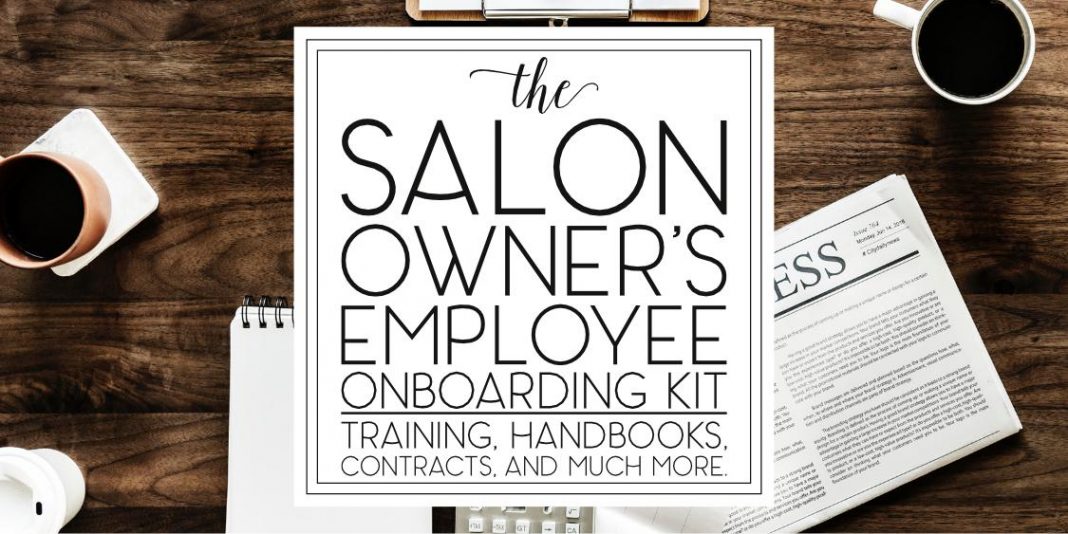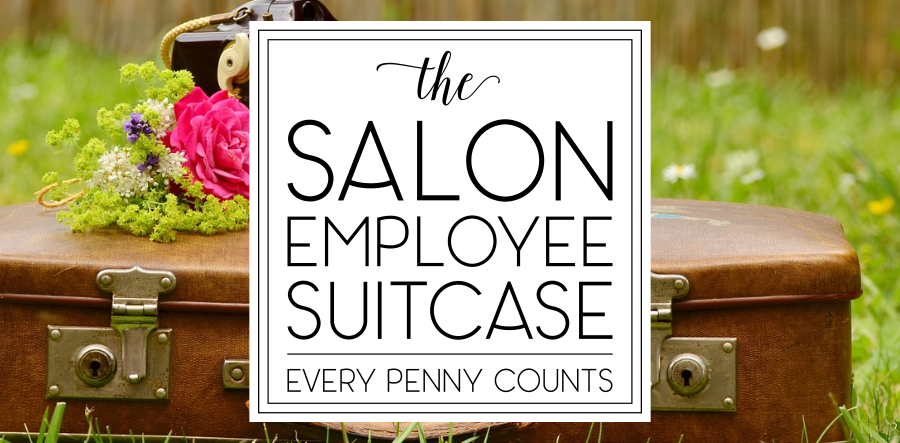The DOL is reinstating the six-factor “economic realities” test for analyzing whether a worker is an employee or independent contractor under the Fair Labor Standards Act. This change rescinds the January 2021 Rule, which focused on just two of the factors (the employer’s degree of control over the work and the worker’s opportunity for profit or loss). This article explains everything you need to know, but first, let’s talk about the abundance of misinformation currently circulating.
Fake News
While attempting to research this article, I came upon far too many opinion-based libertarian lobbying blogs, so I’m anticipating some severely misinformed questions in the comments—and I don’t blame anyone for them. The fear-mongering is ridiculous; I saw one writer lamenting the fact that “the new law” disallows workers from determining or waiving their status, but that has always been the case.
Workers can’t choose exploitative work arrangements that violate federal law any more than people can sign contracts agreeing to unlawful arrangements.
Several writers argued that this is a “major change” that will bring disaster to workers, business owners, and the economy, but what they’re really telling you is how little they understand the world we’re all living in, where misclassification and wage theft are the default business strategy, not rare exceptions, and where business owners are not receiving the education, guidance, or support required to be both compliant and profitable.
If you’ve been pushed to the brink of panic by these clowns, take a deep breath: at no time has the definition of the word “independent contractor” changed in this country. The rules provide guidance to help workers and employers understand the law (that is literally their entire purpose for existing), but the actual law in this area is very well-established. Only people who want to lean on ignorance as a defense for their bad behavior consider clarity a threat to their freedom.
The DOL’s rule change simplifies classification, making it more accessible and comprehensive. This should make violations far less likely, which is a win for everyone involved.
The “new” method is more illustrative; it explains itself fairly well. The way each factor is broken down and clarified—with two examples for each—should make it easier for employers to recognize improper use of the independent contractor classification and avoid the consequences associated with misclassification.
The Difference Between Laws and Rules
The first thing you need to understand is that laws and rules are not the same thing, and anyone attempting to conflate the two deserves serious side-eye.
Laws are codified by legislative bodies (state or federal) and must be adhered to by everyone who falls under that legislature’s jurisdiction.
Rules are detailed frameworks developed by various government agencies to provide guidance. They clarify the law so the public understands how to comply and so the judges who must enforce the law understand how they are applied in practical scenarios. Various agencies are required by law to enforce these rules. (A judge can’t decide not to apply these six factors, for example.)
The core legal definition of an independent contractor under the FLSA hasn’t fundamentally changed.
The rules help to clarify the DOL’s position and provide insight into how the law should be interpreted and applied; the rule change doesn’t change the law itself. The statutory law and underlying regulations here are very much the same—only the analytical lens through which worker classification is determined has been changed.
Brief History of Worker Classification Guidelines
In 2021, the DOL moved from a five-factor “economic reality” test to a system weighing two core factors: the nature and degree of control the employer had over the work, and the worker’s opportunity for profit or loss.
The DOL believes this approach didn’t “fully comport” with the text and purpose of the FLSA as interpreted by the courts because the rule included provisions that conflicted with longstanding case law and the established guidance provided by the DOL. Overall, the rule narrowed the test by excising factors the DOL considers relevant when making a determination about a worker’s status. Plus, it departed from decades of case law, which could confuse workers and business owners.
For those who know a thing or two about US labor and employment laws, the real problem was the prohibition against examining whether the work performed was “central or important” to the employer’s business. It’s a pretty critical element to consider.
Ultimately, the tests are similar in the following ways, per the DOL’s FAQs:
Both rules identify economic dependence as the “ultimate inquiry” of the analysis; both rules provide a non-exhaustive list of factors to assess economic dependence; and both rules caution that no single factor is determinative. Both rules also clarify that economic dependence does not focus on the amount of income the worker earns, or whether the worker has other sources of income.
The important thing to know is that none of this is likely to negatively impact anyone who was in compliance to begin with.
Per the WHD’s guidance regarding the 2024 Worker Classification Rule:
The Department emphasized that “because this final rule is aligned with longstanding case law, the Department does not anticipate that independent contractors (who sometimes also self-identify as freelancers or small/micro business owners) who are correctly classified as independent contractors under current circuit case law would be reclassified applying the guidance provided in this rule.” 89 Fed. Reg. 1659.
If your practices currently align more closely with the looser 2021 Rule, it’s time to reevaluate to ensure you’re still in compliance.
The Six-Factor Test for Determining Worker Classification
Factor 1: Opportunity for Profit or Loss Depending on Managerial Skill
Does the worker exercise managerial skill that affects their economic success or failure? Can the worker negotiate the pay, determine whether they accept or decline jobs, and choose the order and/or time in which the jobs are performed? Does the worker engage in marketing, pay for advertising, or take efforts to expand their business or secure more work? Does the worker have the authority to hire others, purchase materials and equipment, or rent space?
- Interpretation: This factor evaluates whether the worker actually exercises independent effort and decisionmaking, without the employer’s influence or an expectation to comply with the employer’s requirements or limitations.
- The Focus: Does the worker call the shots when it comes to their business, or is their independence theoretical at best?
Factor 2: Investments by the Worker and Employer
Are any of the worker’s investments capital or entrepreneurial in nature?
- Interpretation: Costs borne by a worker to perform their duties are not considered evidence of capital or entrepreneurial investment. This factor examines the degree to which the worker makes investments in their own business’s growth.
- The Focus: Does the worker make similar types of investments as the employer or investments of the type that would allow the worker to operate independently in the worker’s industry or field?
Factor 3: Degree of Permanence of the Work Relationship
Is the work relationship indefinite or continuous in duration?
- Interpretation: This factor examines the nature and length of the work relationship.
- The Focus: How independent is the worker, as a matter of economic reality?
Factor 4: Nature and Degree of Control
Who sets the worker’s schedule? Does the employer supervise or monitor the worker’s performance? Is the worker limited or prohibited from working for others? Who sets the service prices? Who controls the marketing?
- Interpretation: This factor aims to determine whether the worker has sufficient autonomy to be considered an independent contractor.
- The Focus: How much control does the employer have over the performance of the work and the economic aspects of the working relationship?
Factor 5: Extent to Which the Work Performed is an Integral Part of the Employer’s Business
Is the work critical, necessary, or central to the employer’s business?
- Interpretation: This factor does not depend on whether any individual worker in particular is an integral part of the business.
- The Focus: Is the work they perform an integral part of the business?
Factor 6: Skill and Initiative
Does the worker use specialized skills to perform the work? Do those skills contribute to business-like initiative? Is the worker dependent on training from the employer to perform the work? If the worker brings specialized skills to the work relationship, it indicates that the worker is an independent contractor.
- Interpretation: Any worker can be skilled, so the fact that the worker is skilled doesn’t indicate one status or the other.
- The Focus: Does the worker use their skills in a manner that evidences business-like initiative?
The Totality of Circumstances
None of these factors alone are considered definitive. Instead, the DOL looks over the totality-of-circumstances, analyzing the entire working relationship before making a determination.
The primary question the test seeks to answer is this: As a matter of economic reality, is the worker dependent on the employer for work, or are they truly in business for themselves? (See: Fact Sheet 13.)
According to the DOL’s announcement (which I recommend reading in full), the March 2024 Rule returns to “an analysis that is more consistent with judicial precedent and the Act’s text and purpose.” Once again, these are not “new laws,” they merely clarify the application of existing laws.
Regardless of your situation or position in the salon, it’s worthwhile to read every bit of guidance provided, whether the law itself is changing or not. (I say it a lot, but know your rights.) Once you understand the factors, you’ll know misclassification when you see it.








